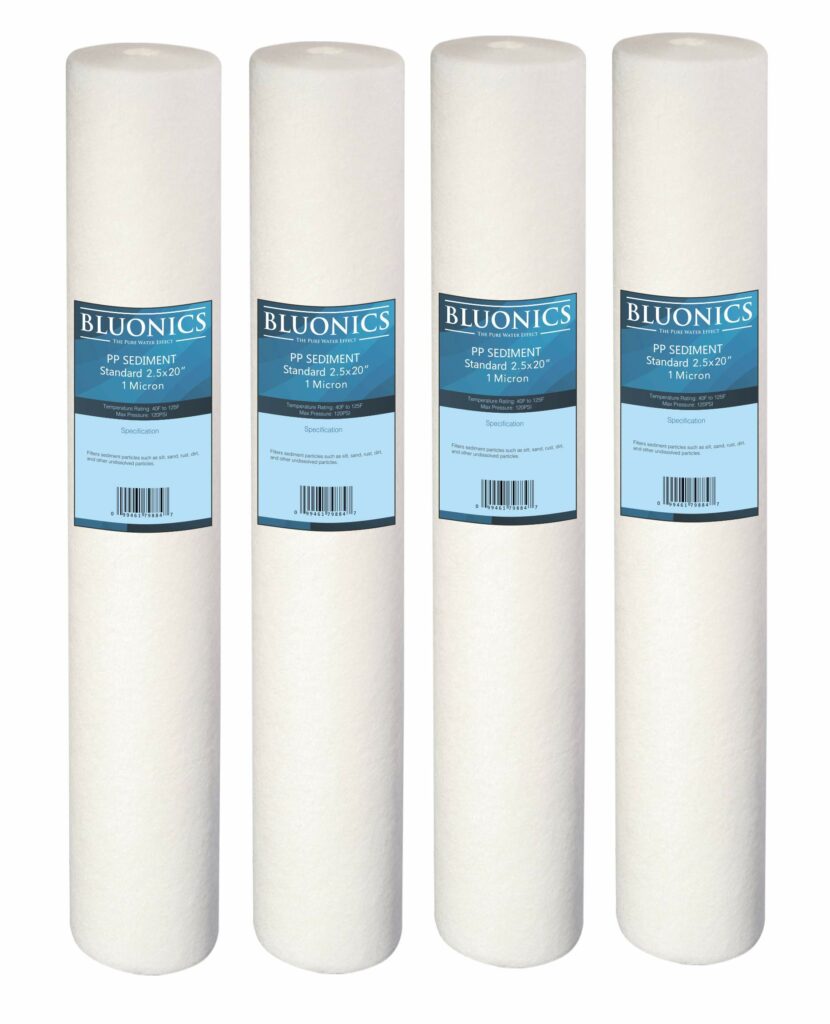Sediment Filter Cartridges: A Simple Shield For Your Water
Whether your source is a rural well or a municipal supply, selecting the right sediment cartridge is the first defense against cloudy water and costly repairs. I learned this lesson the hard way when my own washing machine sputtered and died after months of grit-laden water; installing a 5-micron depth filter not only restored pressure but also extended the life of every downstream stage in my home’s system. For well owners facing coarse sand and rust, exploring specialized sediment filter solutions for well water can offer dual stages—a coarse pleated pre-filter followed by a fine depth cartridge—to tackle both large and microscopic threats without frequent changes. And if you’re building out a whole-house setup, pairing a sediment stage with activated carbon or reverse osmosis units ensures you’re not just removing physical grit but also safeguarding against chemical contaminants and microbes.

In short, a sediment filter cartridge may seem like a humble component, but its role is monumental: it preserves water clarity, protects your investment in appliances, and bridges the gap between raw supply and truly clean drinking water. No fancy chemistry, no high-tech membranes—just reliable, cost-effective filtration that quietly keeps your household running smoothly.
Types Of Sediment Filters
Not all sediment cartridges are cut from the same cloth. In fact, they fall into two primary categories: pleated (surface) filters and depth (melt-blown) filters. Pleated filters are like giant catch-nets, crafted from layers of polyester or paper that trap large debris—think rust flakes and sand grains—on the outer folds. Because particles accumulate on the surface, many pleated cartridges can be rinsed and returned to service multiple times, offering weeks or even months of coverage before replacement becomes necessary. Technicians often praise pleated designs for their longevity; one veteran installer told me he’s seen a quality pleated unit last three times longer than a comparable depth filter under similar conditions.

Depth filters work differently. Imagine a dense wool sweater with a thousand tiny tunnels; that’s essentially how melt-blown polypropylene cartridges operate. Water snakes through a labyrinth of fine fibers, depositing particles throughout the entire media rather than simply on the surface. This internal trapping makes depth filters champions at capturing finer clay, silt, and microscopic rust flecks—exactly the threats that could bypass a coarser pleated element. Their downside? Once the internal pathways clog, you can’t simply rinse them clean; depth cartridges usually require full replacement, often every three to six months depending on water quality and flow.
Both filter styles come in standard 10″ and 20″ lengths and a spectrum of micron ratings (1–20 µm), letting you tailor performance to your household’s demands. Whether you need a reusable pleated pre-filter or a fine-mesh depth stage, understanding these core differences ensures you get the balance right between dirt-holding capacity, flow rate, and maintenance frequency.
Micron Ratings And Filtration Efficiency
Choosing the ideal micron rating is akin to picking the perfect net: too big, and small particles swim right through; too fine, and you risk choking off flow. A filter’s micron rating denotes the largest particle size it will block. For instance, a 20-micron cartridge stops anything larger than 20 micrometers—sand, visible rust—while allowing smaller debris to pass. Drop to a 5-micron rating, and you capture not only grit but also those tiny rust flecks that stain fixtures over time. Studies show that reducing the rating from 20 to 5 µm can boost removal of sub-10 µm particles by over 70%, dramatically improving downstream protection.
| Micron Rating | Common Particles Captured | Typical Applications |
|---|---|---|
| 20 µm | Coarse sand, scale particles | Pre-filtration for irrigation or laundry |
| 10 µm | Medium sand, rust flakes | General household use, protecting appliances |
| 5 µm | Fine silt, small rust flecks | Point-of-use drinking water, pre-RO stages |
| 1 µm | Tiny clay particles, fine organics | Ultra-clean feed for reverse osmosis |
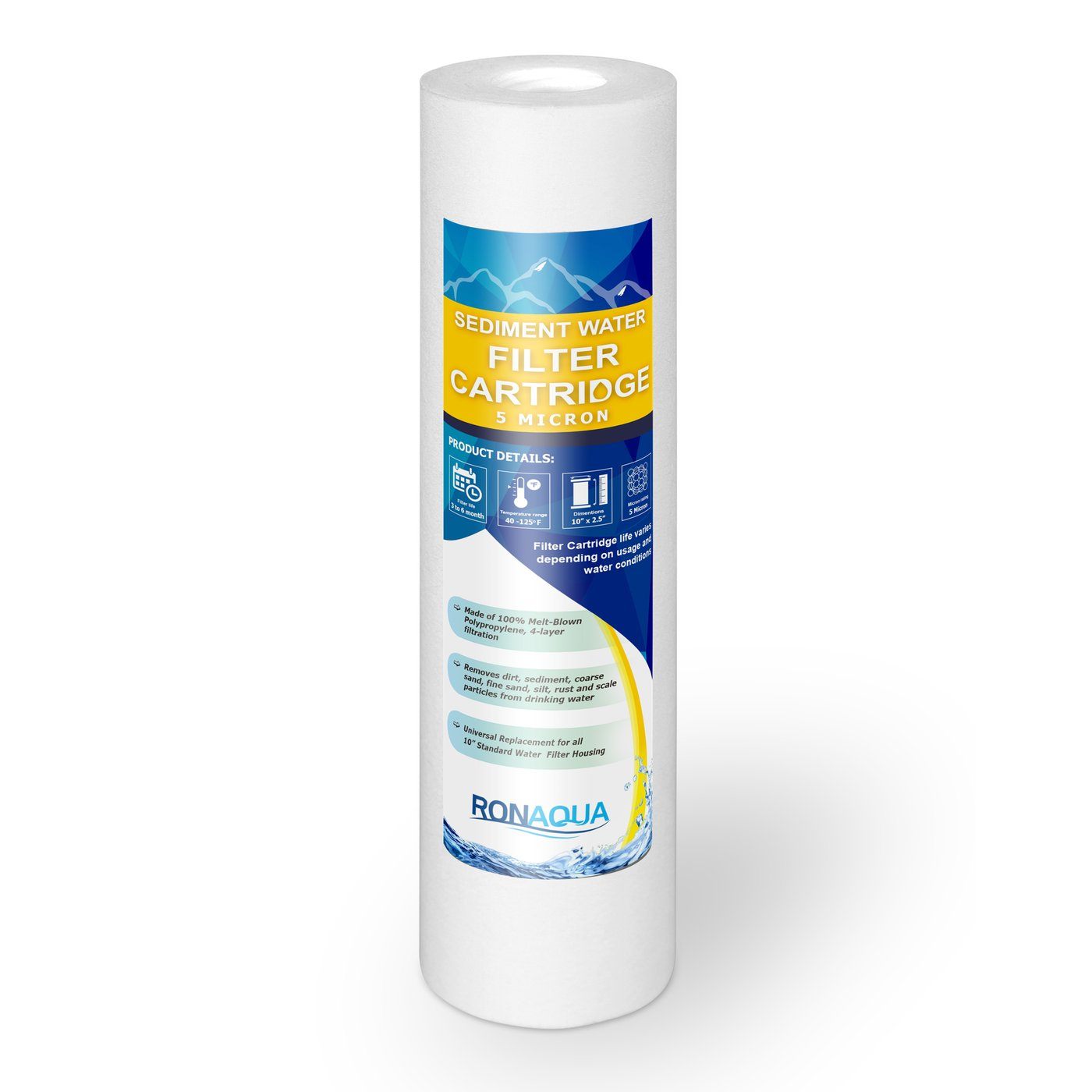
If you’re torn between sizes, our deep dive on 5-micron vs 20-micron filter usage breaks down which rating works best for drinking water, laundry, or irrigation. In practice, many systems pair a coarse pre-filter (20 µm) with a finer post-filter (5 µm), giving you both extended cartridge life and sparkling clarity at the tap.
Proper Installation Of Sediment Filter Cartridges
Even the best cartridge can’t perform if it’s misaligned or poorly seated. Before you dive in, shut off your main water supply and relieve pressure by cracking a faucet open downstream. Unscrew the filter housing—this may require a strap wrench, but often a firm hand will do—and carefully remove the old cartridge. Take this opportunity to inspect the housing for sludge or biofilm, wipe it clean, and check the O-ring seal. A cracked or dried-out O-ring invites leaks; swap it out or at least lubricate with food-grade silicone grease to ensure a snug fit.
Slide the new cartridge into the housing, ensuring the arrow points toward the outlet, then hand-tighten the housing until it’s snug—no over-torquing needed. Once everything’s back in place, restore water flow slowly and listen for hisses. Finally, flush the new filter for three to five minutes: this clears loose fibers and air pockets, preventing cloudy water and odd tastes that can spook even the savviest homeowner. I learned this the hard way when my replacement cartridge gave the tap a milky look—five minutes of flushing fixed it instantly. Jot down the installation date on the housing’s side; that little note is your best friend when it’s time to swap cartridges again.
Recognizing When Your Sediment Filter Cartridge Needs Replacement
Sediment cartridges are silent sentinels, but eventually the grit they trap piles up and throttles your flow. A telltale sign is a sudden drop in water pressure—your showerhead sputters instead of spraying, or the kitchen tap dribbles. At that point, the cartridge is essentially waving a white flag, begging for replacement.
Other red flags include brown or yellow streaks in your glass, bitter tastes, or fine particles visible when you hold a clear cup under the faucet. Depth filters, which trap particles throughout their media, often need swapping every three to six months, while pleated cartridges can stretch farther if you rinse them carefully. Many homeowners mark the date on the housing cap and keep a calendar alert for peace of mind. For detailed step-by-step help, see our notes on whole-house water purification systems and under-sink cartridge replacement.
Filter Media And Materials
Beyond pleated versus depth design, the choice of material—polypropylene, polyester, cotton, ceramic—dramatically influences filter performance and lifespan. Polypropylene reigns supreme for whole-house and well systems thanks to its chemical resistance and standardized sizing. Sleeves made from folded polyester or paper, meanwhile, shine in high-flow scenarios like kitchen under-sink units, where you want minimal pressure drop and easy rinsing.
Ceramic and glass-fiber cartridges, while pricier, offer unmatched durability: scrub, sanitize, and they’re ready for another round, sometimes lasting years. Cotton-wound elements excel at holding back organic muck before it fouls carbon or reverse osmosis membranes, making them ideal pre-stages in multi-barrier systems. Ultimately, matching media to your water’s quirks—high iron content, heavy clay, or biofilm risk—is key to a balanced, low-maintenance setup.
Flow Rates And Pressure In Filter Performance
Water rushing too fast through a filter is like wind through a fishing net: the smaller catch just slips away. Most sediment cartridges perform optimally between 2 and 8 gallons per minute. Push beyond that, and you can lose up to 30% of fine-particle capture because contact time shrinks. On the flip side, too little pressure—under 40 psi—can starve the cartridge, leading to premature clogging and inconsistent flow.
Balancing act: install a pressure regulator upstream and consider a flow restrictor to cap gallons per minute at the filter’s sweet spot. Use a simple inline gauge to watch for sudden pressure drops; if you see a 15% dip, it’s time for fresh media. That small investment in monitoring can save headaches—and plumbers’ bills—down the road.
Common Sediment Filtration Issues And Solutions
Cloudy water, dribbling taps, rusty streaks—sediment filters can throw a few curveballs, but all have straightforward remedies. A clogged pleated cartridge may spring back to life with a good rinse; depth filters, however, need wholesale replacement once their internal pathways pack solid. To dodge flow drama, swap cartridges every three to six months, or sooner if you notice a flow dip.
Rust sneaking past your filter often means the media rating isn’t fine enough for iron oxide particles. Stepping down to a 5-micron depth filter or pairing a pleated pre-filter with a finer post-filter can banish those stubborn streaks. Leaks around the housing? Check and lubricate the O-ring, hand-tighten the cap, and ensure the cartridge sits squarely in its seat. Simple maintenance, big payoff.
Environmentally Friendly Filtration Options
Every cartridge change means more plastic heading for the landfill. Eco-minded manufacturers now offer rinse-and-reuse pleated elements and take-back programs that recycle spent polypropylene into new filters, cutting waste significantly. Some ceramic and glass-fiber options, though pricier up front, last for years with periodic scrubbing and sanitizing, slashing annual replacement needs and plastic use by over 60% in some households.
If sustainability is your North Star, look for brands that publish recycling guides or partner with local centers. Even simple steps—like rinsing pleated cartridges rather than tossing them at first clog—can turn everyday filtration into an eco-friendly habit.
The Vital Role Of Sediment Filter Cartridges
From pleated surface filters to depth-style melt-blown cartridges, these simple, modular components form the backbone of any effective water filtration system. By choosing the right media, rating, and maintenance schedule, you ensure crystal-clear water, protected plumbing, and peace of mind, one cartridge change at a time.
“`html
Complete Top Picks Comparison – 20 Products
| Product | Source | Price | Rating | Image | Buy |
|---|---|---|---|---|---|
| Sooprinse Garden Hose Inlet Filter for High Pressure Washer, Sediment Filter Attachment | Amazon | $14.99 | ★★★★☆ |  | Buy on Amazon |
| SimPure Whole House Water Filter Housing (DB10P), 10″ x 4.5″ Sediment Carbon Filter Universal Housing | Amazon | Check Price | ★★★★☆ |  | Buy on Amazon |
| Culligan HF-360A Standard Duty 3/4″ Inlet/Outlet Whole House Filtration System, Clear | Amazon | $37.49 | ★★★★★ |  | Buy on Amazon |
| Camco Tastepure RV Water Filter – New & Advanced RV Inline Water Filter with Flexible Hose Protector | Amazon | $15.25 | ★★★★★ |  | Buy on Amazon |
| HQUA WF3-01 3-Stage Whole House Water Filtration System, Reduces Heavy Metals | Amazon | $349.99 | ★★★★☆ |  | Buy on Amazon |
| Culligan WH-S200-C Whole-House Sediment Water Filtration System, Clear | Amazon | $45.23 | ★★★★★ |  | Buy on Amazon |
| Culligan WH-HD200-C Whole House Water Filter System 1” Inlet/Outlet | Amazon | $72.42 | ★★★★☆ |  | Buy on Amazon |
| GE GXWH20T Whole House Water Filtration System | Reduce Sediment, Rust & More | Amazon | $39.86 | ★★★★☆ |  | Buy on Amazon |
| GE Whole House Water Filtration System | Reduces Sediment, Rust & More | GXWH40L | Amazon | $69.85 | ★★★★★ |  | Buy on Amazon |
| GLACIER FRESH RV/Marine Water Filter with 1 Flexible Hose Protector, 2 Pack | Amazon | $24.99 | ★★★★★ |  | Buy on Amazon |
| For Surron Light Bee Water Transfer Carbon Fiber Extended Tail Rear Fender | AliExpress | $5.61 | N/A | 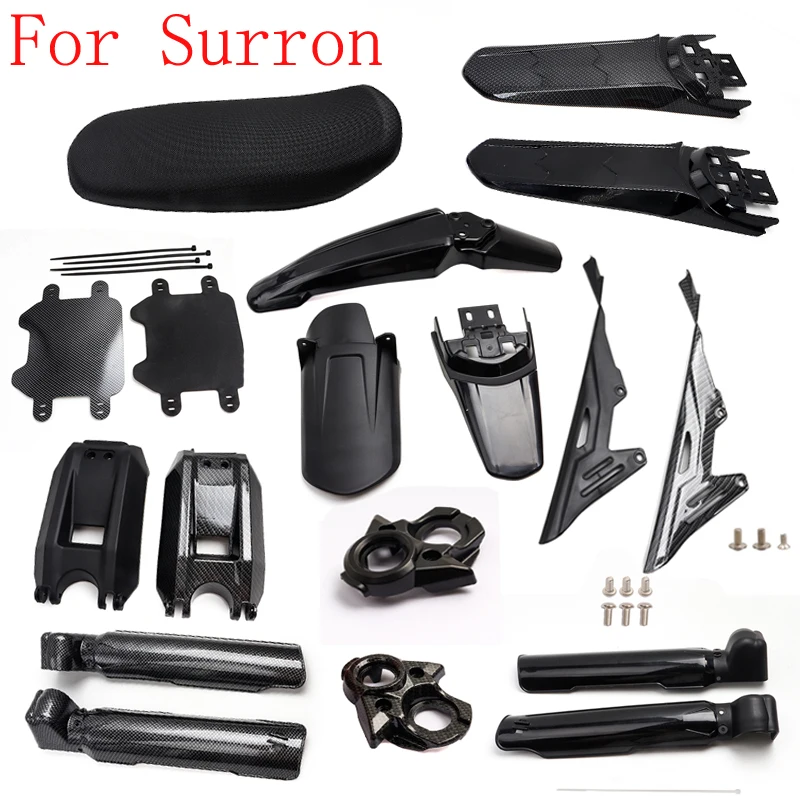 | Buy on AliExpress |
| Electric Motorcycle Ebike Battery Cover Protects Carbon Fiber For SurRon | AliExpress | $8.54 | ★★★★☆ |  | Buy on AliExpress |
| Electric Off-road Motorcycle Front Number Plate Frame Holder For Sur-Ron | AliExpress | $5.17 | ★★★★☆ | 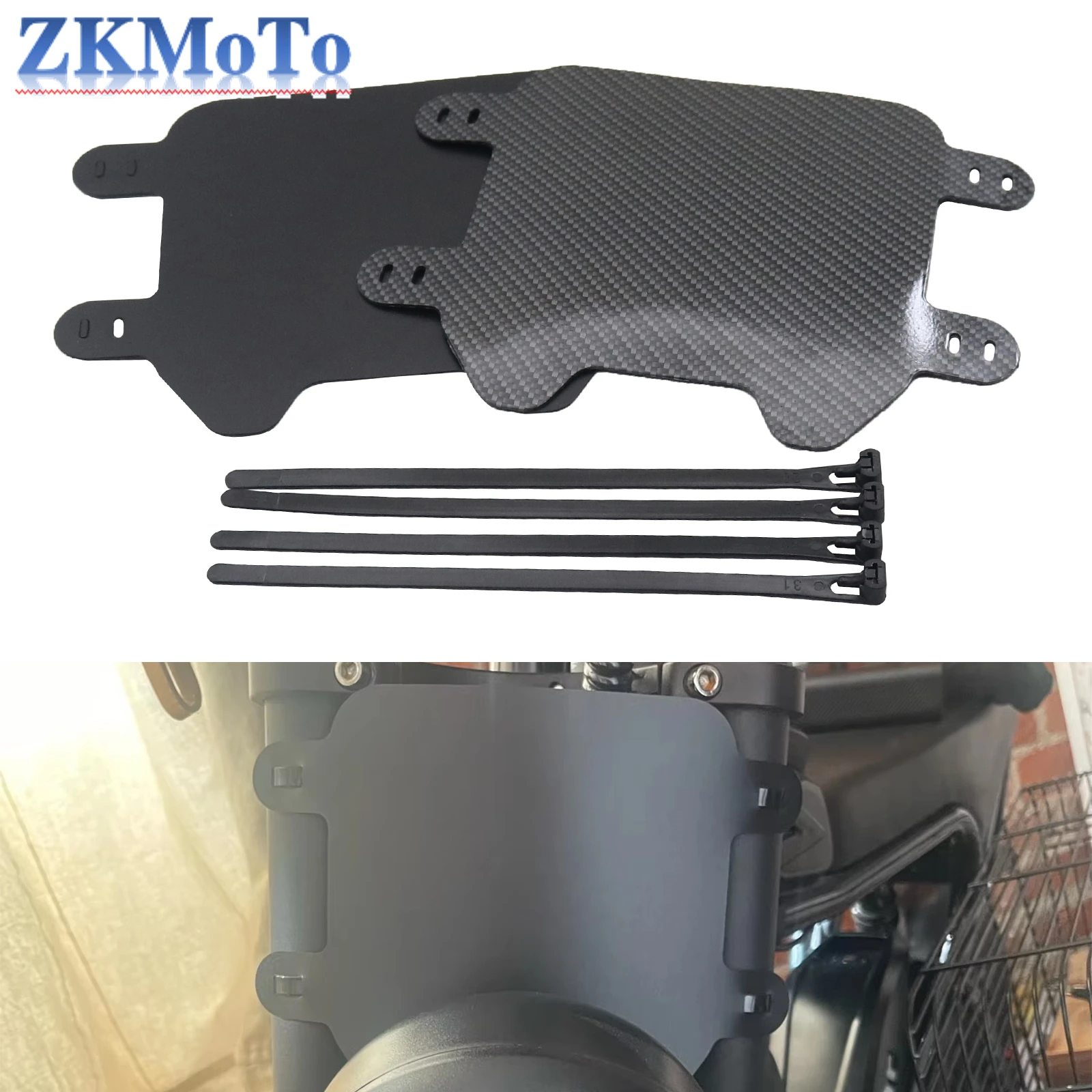 | Buy on AliExpress |
| FOR SURRON Lightbee S X Electric Vehicle Cross-country Bike Front Number Plates | AliExpress | $17.53 | N/A | 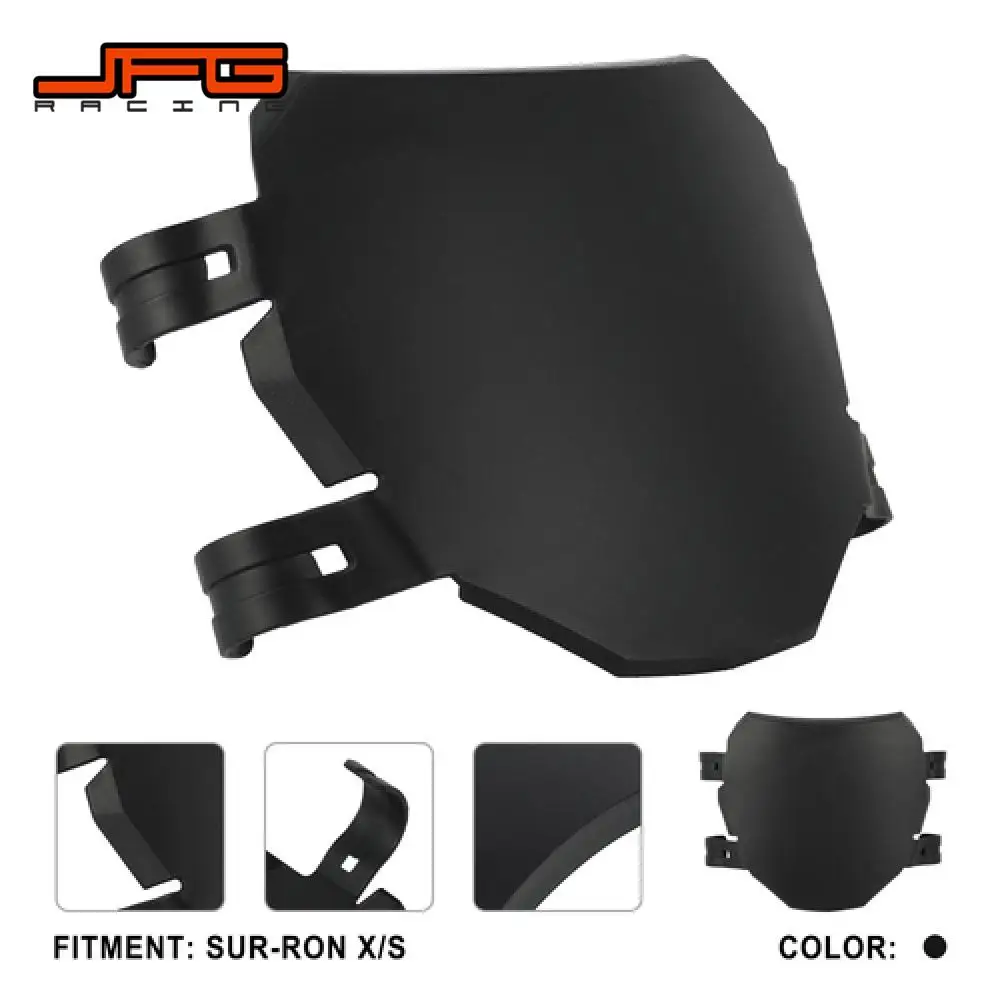 | Buy on AliExpress |
| Electric Bike Throttle Grip Universal Electric Bicycle Scooter Wire Twist Throttle Grip | AliExpress | $7.36 | ★★★★☆ | 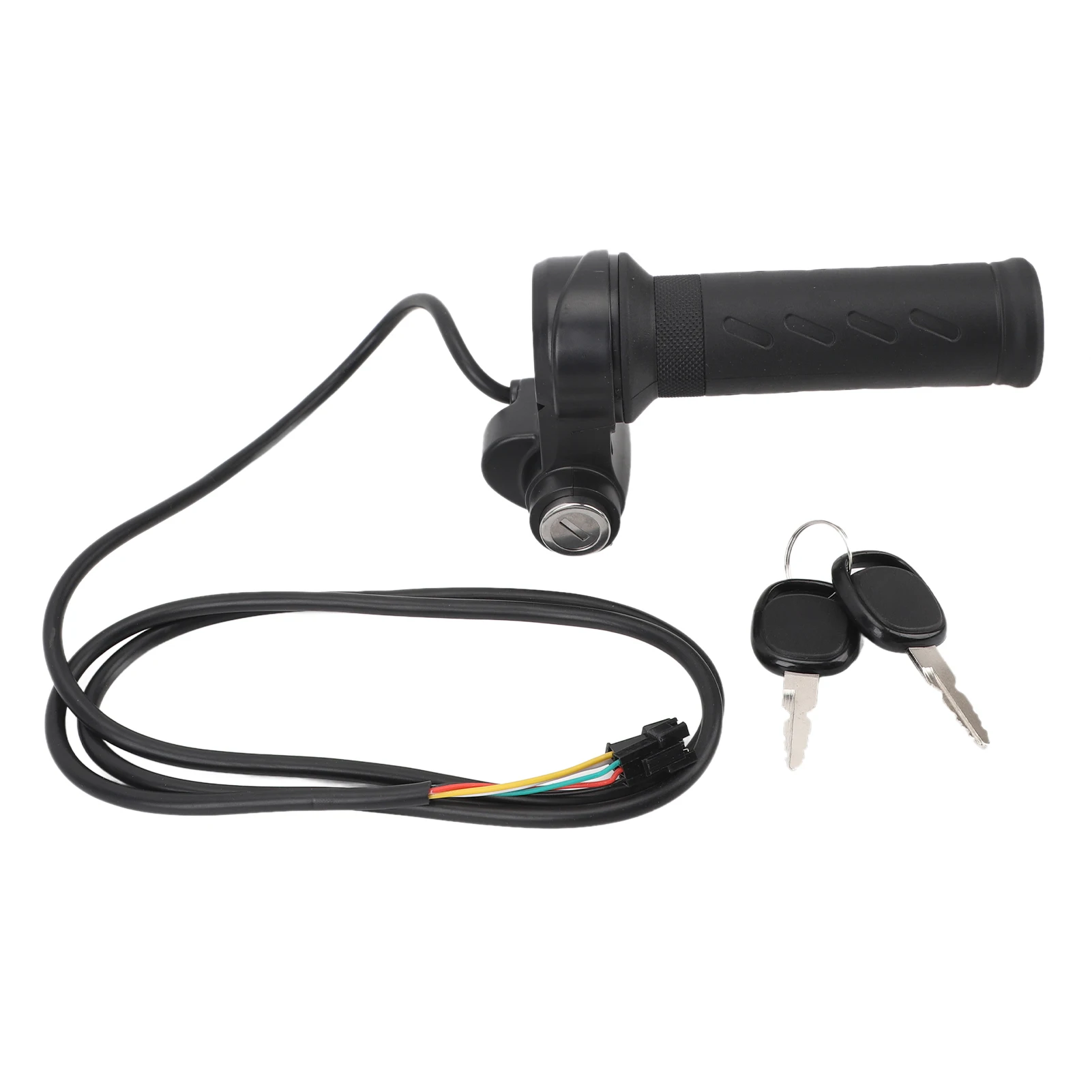 | Buy on AliExpress |
| Modified Extended Longer Rear Fender For SurRon Light Bee S and Light Bee X | AliExpress | $7.01 | ★★★★★ | 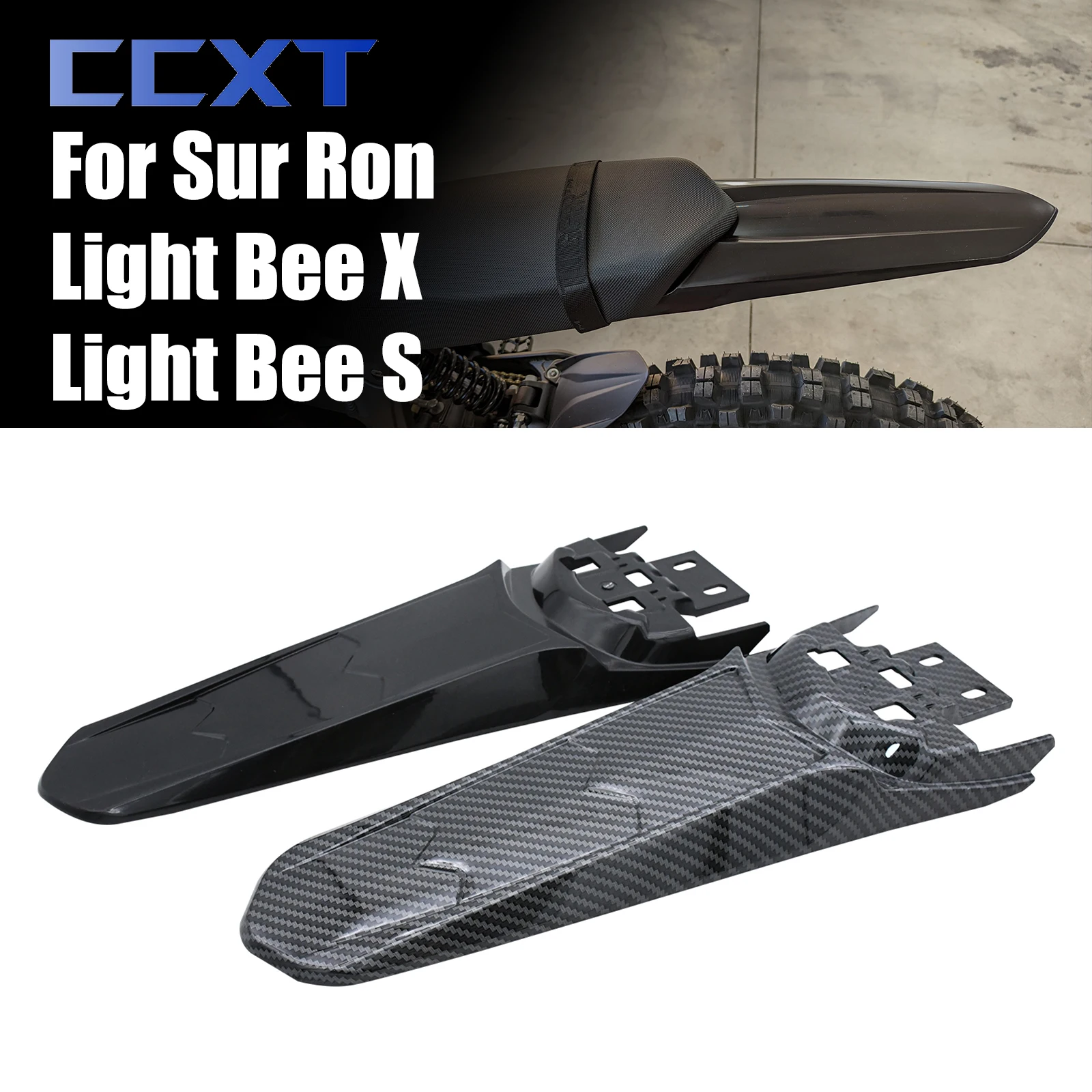 | Buy on AliExpress |
| Number Plate For Surron S X Motorcycle Accessories Front License Registration Plate | AliExpress | $10.97 | ★★★★☆ |  | Buy on AliExpress |
| Electric Bike Rear Wheel Fender Mudguards For Sur Ron Sur-Ron Surron | AliExpress | $5.17 | ★★★★☆ |  | Buy on AliExpress |
| For Segway X160 Segway X260 Surron Light Bee X S Sur-Ron CNC USB Switch | AliExpress | $10.54 | ★★★★★ |  | Buy on AliExpress |
| For Surron Light Bee X Segway X260 Carbon Fiber Battery Compartment Cover Protector | AliExpress | $12.87 | ★★★★★ | 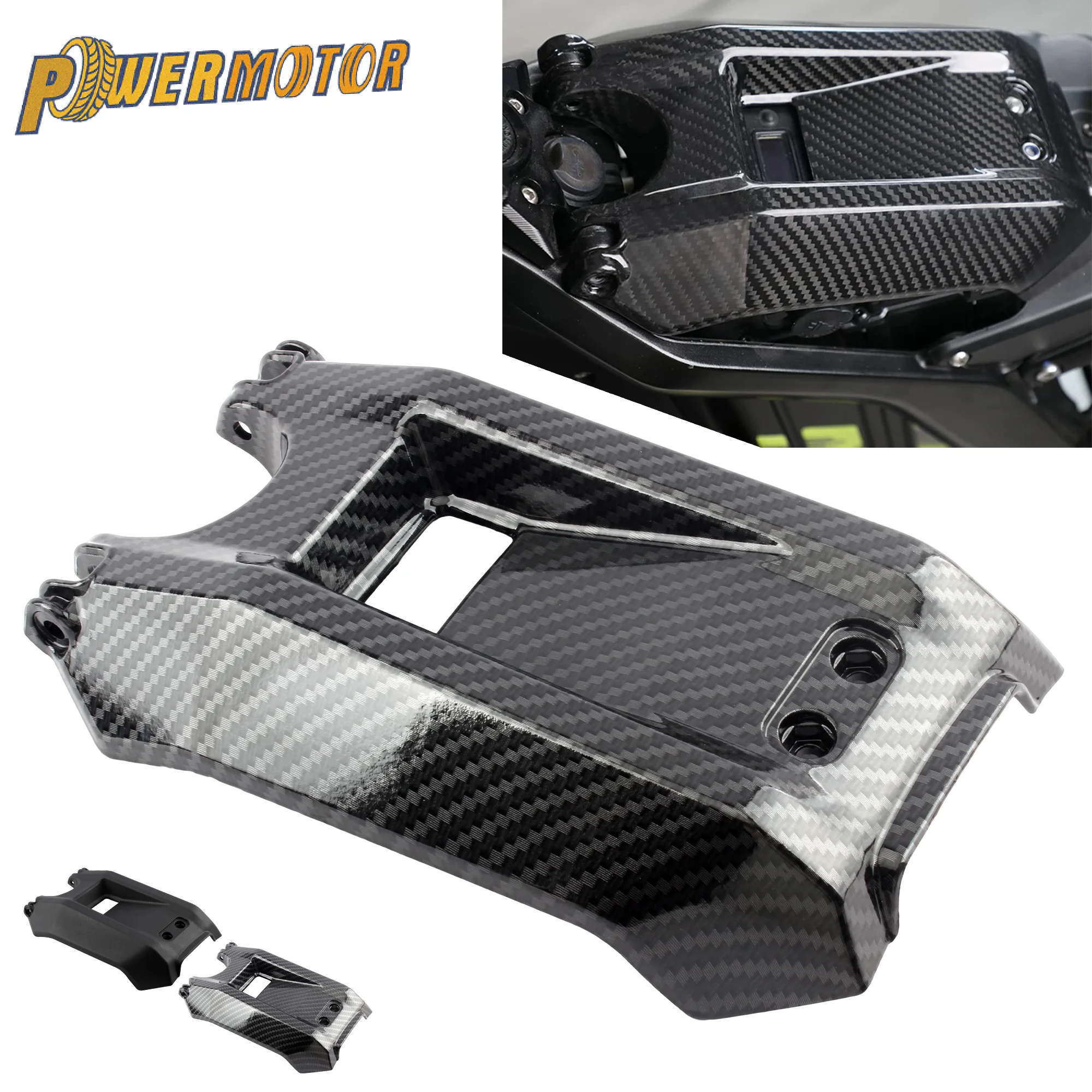 | Buy on AliExpress |
“`

